
10 Things To Know About The Young British Artists
In the late 80s and early 90s, the British art scene underwent a radical transformation. The Young British Artists (YBAs) were a group of non-conformist art students, who sought to push the boundaries in the rigid world of British art. They represented a cultural shift in the U.K. in the 90s, a period dubbed as ‘”Cool Britannia,” in which there was an increased sense of pride for British culture. Seen across the world of fashion, music and the creative arts, The Young British Artists were at the helm of this movement to refresh the British cultural scene. Today, they remain some of the most influential figures in British art history, with key figures such as Damien Hirst and Tracey Emin having achieved international critical success. Artsper has put together a list of 10 of the most important things you need to know about The Young British Artists.
1. A get-up-and-go attitude
The movement started in 1988, when Damien Hirst, the most famous YBA, put together the Freeze Exhibition. Rather than following the traditional path of waiting to be discovered by a big gallery, Hirst took matters into his own hands, and hosted his own show, putting himself immediately in the spotlight. He exhibited his works alongside those of Sarah Lucas and Michael Landy, who would go on to be key figures in the movement.
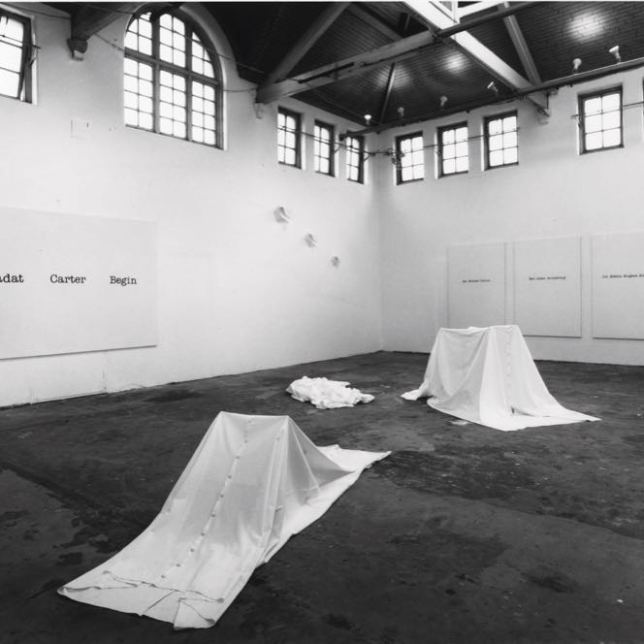
2. A group of artists with collective roots
Goldsmiths College of Art in London played an important role in the movement. Many of The YBAs attended the institution which encouraged an experimental and provocative approach to art.
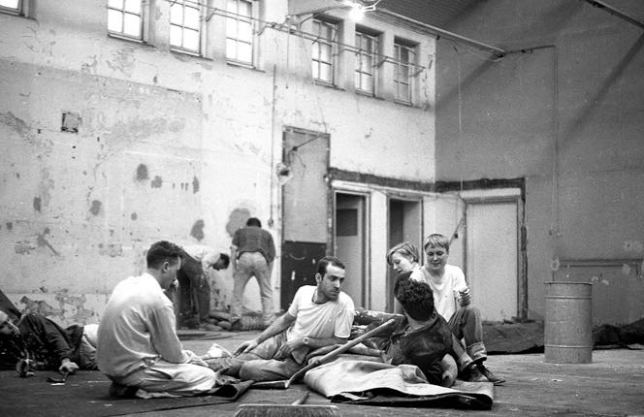
3. Influential recognition
Following the success of the Freeze exhibition, Hirst’s work caught the eye of media-mogul and art collector Charles Saatchi. Saatchi bought many of his works and exhibited them in his 30,000 square foot gallery in North London, skyrocketing Hirst to success.
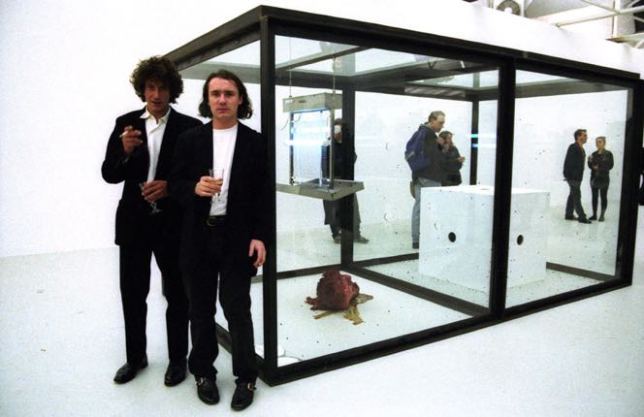
4. The brand image of The Young British Artists
The YBAs were very good at marketing themselves. They used their critical success and the “Young British Artists” name to create an instantly recognisable brand image. They also favored creative marketing tactics. Hirst opened an art themed restaurant, Pharmacy, in Notting Hill, and Emin and Sarah Lucas set up The Shop, an art-themed corner shop, to promote their works.

5. The Young British Artists as celebrities
The YBAs were arguably the first generation of British artists to be recognized as celebrities. At the opening of the Tate Modern in May 2000, it was the presence of the YBAs that brought in crowds of well over 4,000. The added a sense of glamor, excitement and energy to the London art scene, which was otherwise rather stale compared to other leading art cities.

6. A multidisciplinary movement
The Young British Artists cannot be pinned down to one specific style or medium. Instead, the connecting link between the artists is their non-conformity and revolutionary spirit. Their work ranges from Hirst’s dead animals preserved in formaldehyde, to Sarah Lucas’ sculptures made of women’s tights.
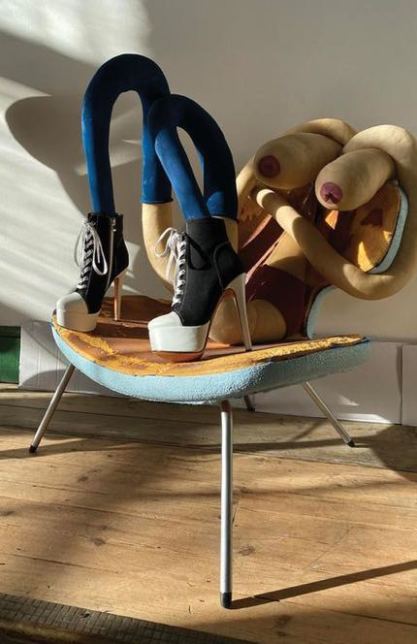
7. The good, the bad, and the ugly…
Unlike more traditional art, which often aims to aestheticize life through rendering it more beautiful, the YBAs sought to present life in its realest form. They often focused on the grotesque or the provocative, important aspects of everyday life. This can be seen in Tracey Emin’s My Bed, which presents bed sheets stained with bodily secretions, and a floor strewn with condoms and dirty underwear. Life isn’t always beautiful, and neither is their artwork.
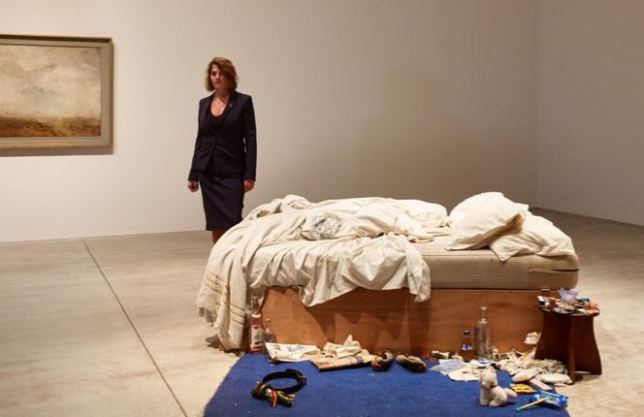
8. Widespread controversy of The Young British Artists
The Young British Artists are no strangers to controversy, and have received a lot of negative attention for their work. Most notably Hirst’s use of dead animals causes continual uproar from animal rights groups. Sarah Lucas and Tracey Emin’s provocative work has also raised a few eyebrows among the more conservative critics.
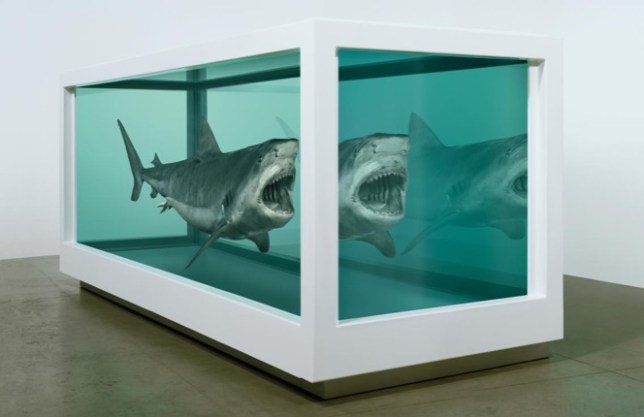
9. Institutional recognition
Ironically, many of the YBAs are now figureheads of an institution from which the wanted to detach themselves. Tracey Emin, Gary Hulme and Micheal Landy have all been elected as Royal Academicians; members of the Royal Academy of Arts in London. Chris Ofili, Rachel Whiteread and Damien Hirst have all been awarded the Turner Prize, the UK’s most prestigious art award.

10. With great success comes great fortune…
The YBAs have not only achieved critical success, but also financial success. As of 2020, it was reported that Damien Hirst was the richest artist in the United Kingdom, with a net worth of $384 million.
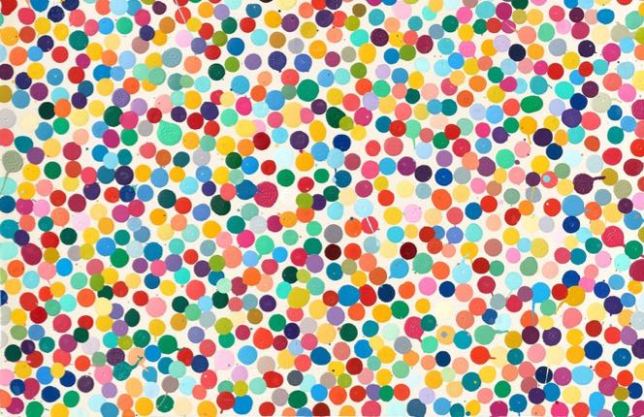
The Young British Artists: Inspiring future generations…
These pioneering artists, now in their 50s and 60s, have inspired subsequent generations of creatives. Be it a sense of experimentalism, provocativeness or a get-up-and-go attitude towards curating your own shows, The Young British Artists changed the dynamics of the British art scene and beyond.
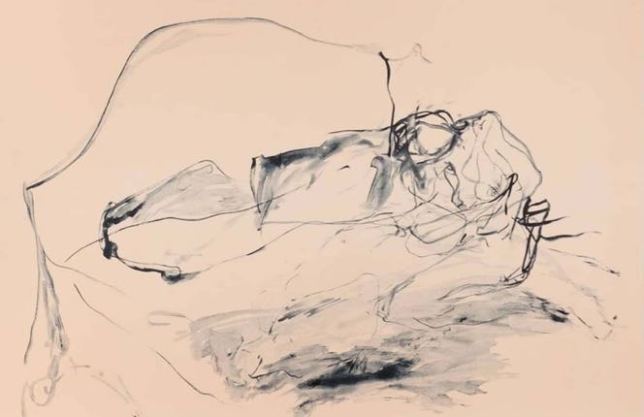
Has the avant garde nature of these trail-blazing artists piqued your interest? Discover our curated selection of work inspired by The Young British Artists, available to buy on Artsper right now!

About Artsper
Founded in 2013, Artsper is an online marketplace for contemporary art. Partnering with 1,800 professional art galleries around the world, it makes discovering and acquiring art accessible to all.
Learn more













